Welcome!
California may be known the world over for its Hollywood, the golden gate bridge plus plenty of sunshine, but there’s even more to the golden state.
It’s miles upon miles of coastline are only a telling of what lies underneath the ocean—plenty of incredible and unforgettable diving sites.
In fact, there are dive spots almost throughout the coastline and if you are a dive enthusiast and you have your attention focused on scuba diving in California, then you are about to be blown completely off your feet by how stunning California’s underwater world truly is. By Globo Surf
Best time to dive?
The normal water temperatures go up to 68 F (20 C ) throughout the late spring and throughout the winter remaining between 57 to 59 F ( 14 to 15 C ). Southern California are good all year round. The best time to dive is during fall when visibility is better.
Best time to Dive?
The normal water temperatures go up to 68 F (20 C ) throughout the late spring and throughout the winter remaining between 57 to 59 F ( 14 to 15 C ). Southern California are good all year round. The best time to dive is during fall when visibility is better.
- {{ listingType.name }}
- prev
- next
Do you offer Diving services?
Promote your services and connect with divers
Are you a Scuba diver?
Join and get the best benefits for your next trip
Do you offer Diving services?
Promote your services and connect with divers
Are you a Scuba diver?
Join and get the best benefits for your next trip
Sea Life
La Jolla’s Ecological Reserve (recently renamed Matiahuayl State Reserve) was established in 1970 to protect and conserve marine life, associated habitats and ecosystems. The reserve starts at the Seven Sea Caves and extends north to Scripps Pier. This remarkable stretch of water is home to La Jolla’s Underwater Park, part of La Jolla’s Submarine Canyon, giant kelp forests and rocky reef. The preserve shelters numerous species, including Leopard Sharks, Sea Turtles, Sea Lions, Dolphins and migrating Whales. ber). Grey Whales are one of the world’s largest mammals, at a length of 40-50ft, weighing in at 30-40 tons — about the size of a school bus! They are baleen feeders, using teeth made from a material similar to human hair to filter and to allow the smaller organisms to pass into their mouths. The California Sea Lion is one of the most iconic mammals of La Jolla Cove. These marine mammals are playful and have distinct personalities. The sea lions are very social animals, often huddled up on each other on the rocks near the sea caves. The common dolphin is a frequent visitor in the La Jolla Ecological Reserve. The average size of an adult is about 8 ft at 300 pounds. They are highly social and intelligent animals that swim in pods consisting anywhere from 6 to over 1,000 dolphins! Check for more information about Sea Life in California on everydaycalifornia.com
Dive Sites
When California approved a network that would connect many of its marine protected areas in 2012, it simultaneously created a playground for diving enthusiasts. From Great White sharks to coral reefs, kelp forests to sea lions, the California coast has some incredible sights to offer divers. Take a lot at some of the best spots to SCUBA dive and get your adventure started! Dive sites info source: Scott Cunningham (tripping.com)

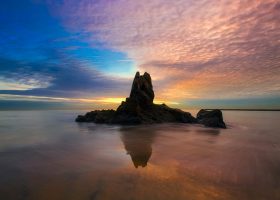



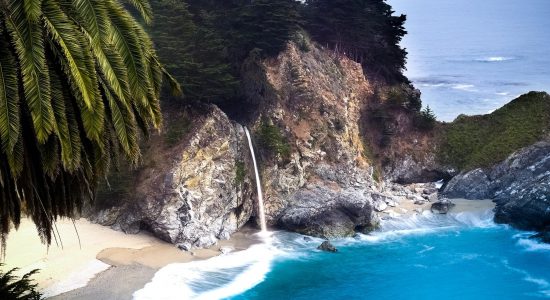
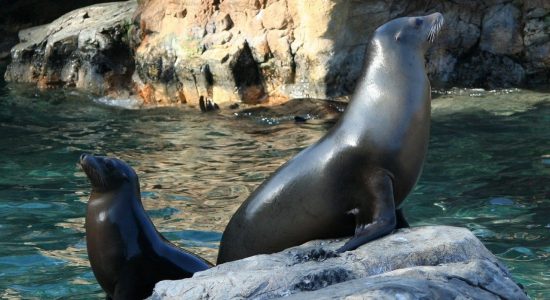
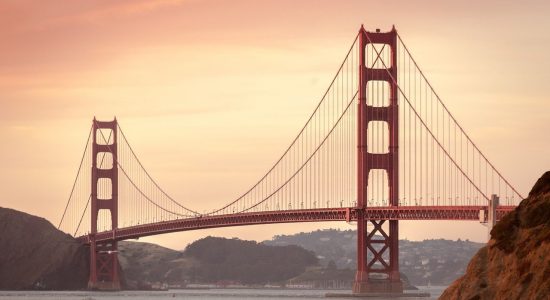
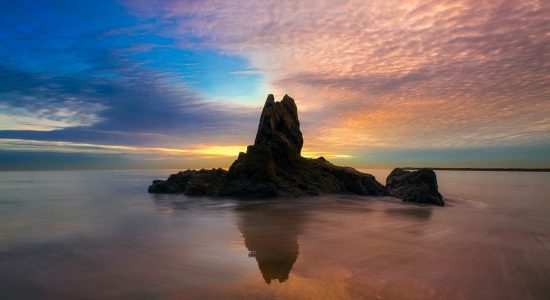
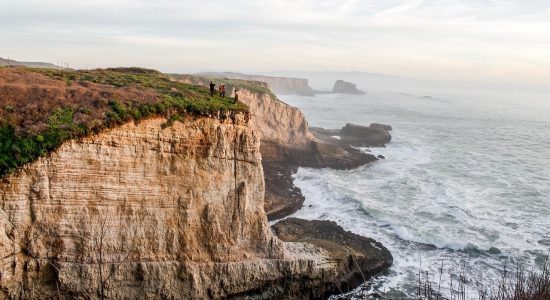
Naples Reef, Long Beach
Located in Naples State Marine Conservation Area, Naples Reef is part of a protected underwater park in the Santa Barbara Channel. Explore the 30-foot, anemone-covered underwater walls, thick kelp forest, and even a shipwreck. Marine life is plentiful in Naples Reef, so you will have a chance to see yellowtail, sea lions, lobsters, and much more. Due to its prolific sea life, this area is also an important research field for marine biologists.
Farallon Islands
While not technically in San Francisco, the Farallon Islands are about 32 miles off the coast of it. They’re also part of the Gulf of the Farallones National Marine Sanctuary which is larger than the entire state of Rhode Island. This sanctuary plays home to thousands of seals and sea lions, and, in the summer months, Great White sharks make their way through the reserve as part of their migratory pattern. Expect to see some big sharks from August to January.
Point Lobos
You’ve probably seen pictures of Carmel Bay, the iconic stretch of California where the highway snakes along a beautiful stretch of the coast and jaw dropping cliffs line the waterfront. What you may not know is that there’s an underwater world that many have come to recognize as offering some of the greatest diving in the world. Head to Point Lobos and enter the reserve through Whalers Cover where you’ll encounter thick kelp forests and colorful plant life. Minicaves and overhangs provide lots of darkness, so be sure to bring a flashlight
Lover’s Point
With typically excellent visibility, you won’t have to dive very deep to see everything at Lover’s Point. Dense kelp and critters can be seen from a few feet in, and calm waters make things even easier to view. Starfish, abalone, and large crabs are among the ocean life you may see here, as well as many tiny jellyfish. The water temperature hovers around 55 degrees and there are many easy entry spots.
Old Marineland
For the expert diver, Old Marineland will be an incredible experience. Beginners and even intermediate divers should not attempt diving in this area. Old Marineland is perhaps one of the best reefs in Southern California. Because of upwellings that bring rich, cool waters, there are many invertebrates on the rocks. Two dive sites exist here: the “point” to the west and the “cove” to the east. There is an extremely challenging hike from the parking lot to the entry, so be advised. While on your dive, though, you may see octopus, sculpins, scorpionfish, and maybe even a torpedo ray
Santa Cruz Island
Perhaps some of the most unique diving spots lie in the Channel Islands. Part of that 160-mile network is Santa Cruz Island, and it has a treat in store for those who are looking for something exciting. About 60 feet into the water is where you’ll find Peacock, a 100-foot long shipwreck from WWII. Today, the ship, originally intended to be a minesweeper during the war, is now covered in brightly colored coral and plant life.
How to Arrive
Visited by over 65 million people every year, the 5th largest economy of the world boasts of an incredible number of international airports, served by world-class airlines such as Air Canada, Qatar Airways, United Airlines, Etihad Airways, Air India, British Airways, Lufthansa, and more. Of its well-known airports, the Los Angeles International Airport (LAX) is said to be the biggest and the busiest on the US West Coast and the fifth busiest in the world. San Francisco International Airport (SFO) is the largest in Northern California and is the leading gateway from Europe, Africa and Asia. Though the San Diego International Airport (SAN) mostly serves inland flights, it features numerous international connections as well. Info source by makemytrip.com

